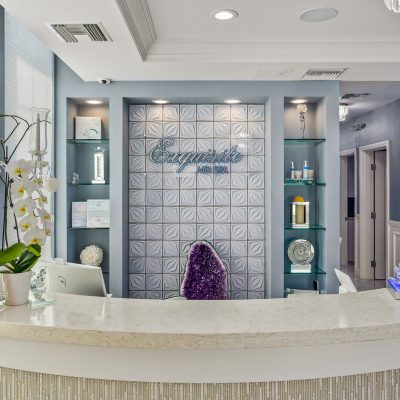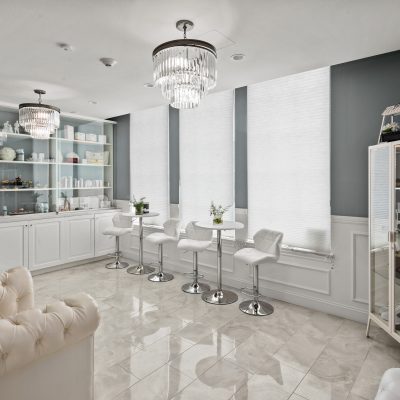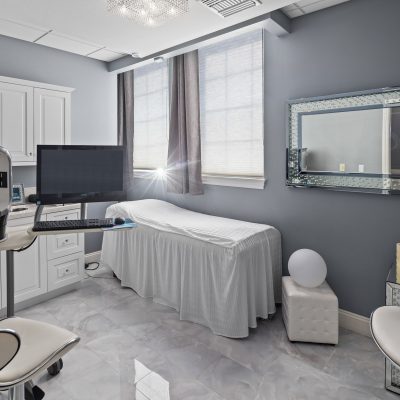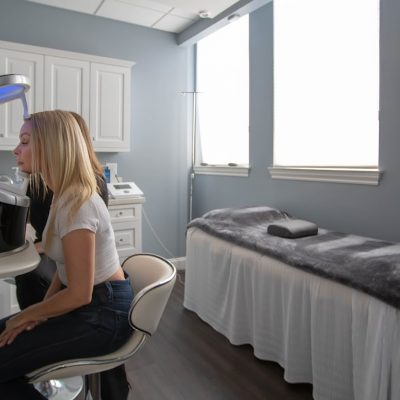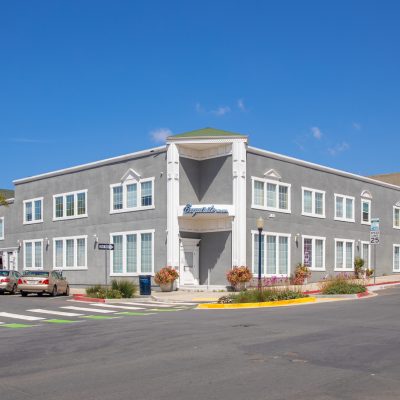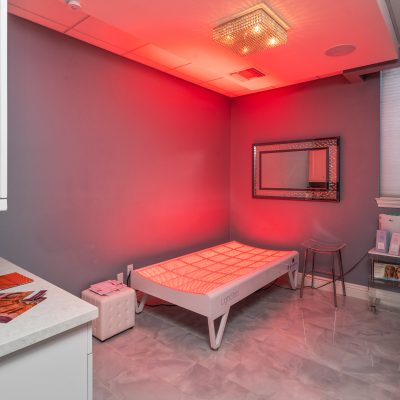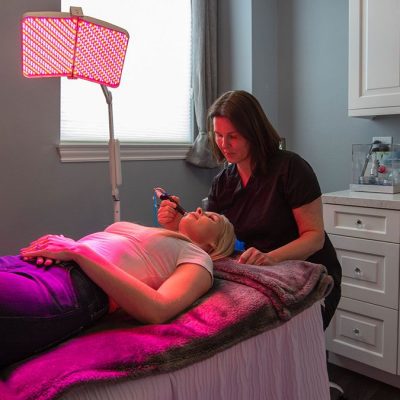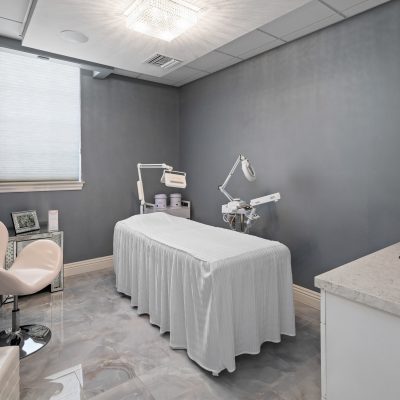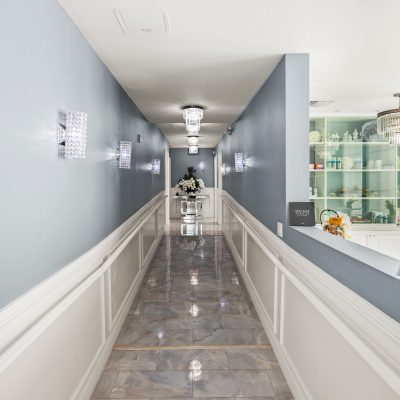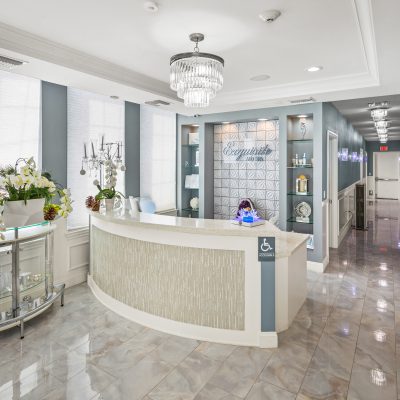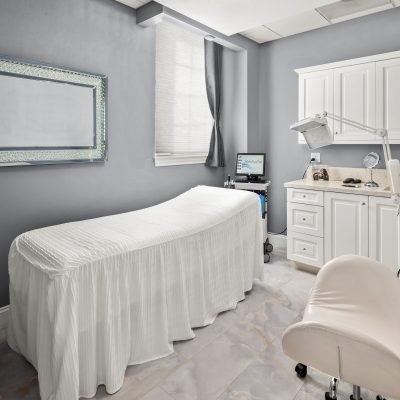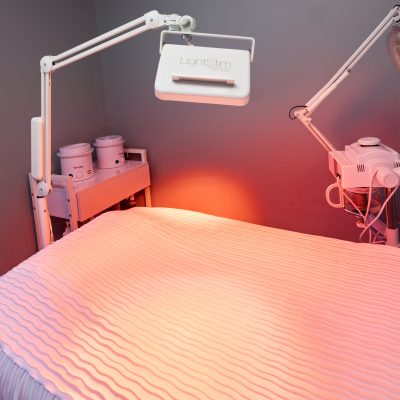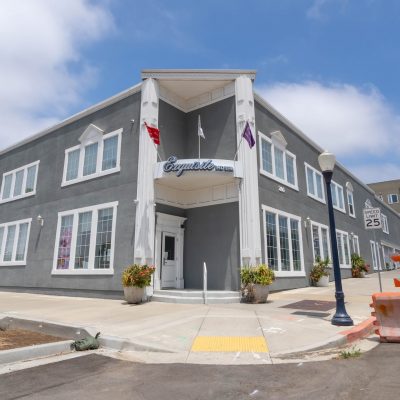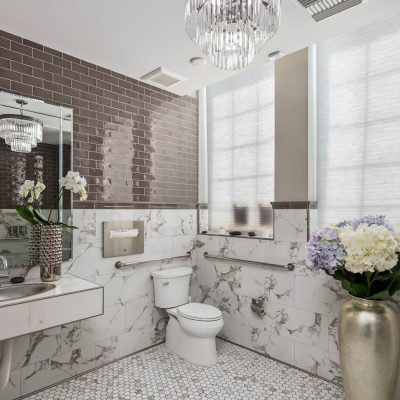Phoenix CO2
A CO2 Fractional resurfacing laser is carbon dioxide laser which precisely removes deep outer layers of damaged skin and stimulates the regeneration of healthy skin underneath. The CO2 treats fine to moderately deep wrinkles, photo damage, scarring, skin tone, texture, crepiness, and laxity. A fractionated CO2 treatment helps regenerate new collagen and consequently more youthful, healthier looking skin while allowing for shorter healing times and safer treatments than traditional methods. This is an ablative treatment and downtime should be expected.
• Minimizes sun damage, acne scars, and fine lines
• Improves skin texture and evens skin tone
• Stimulates collagen for firmer, more youthful skin
• May help treat skin lesions
• Better long-term results
• Creates a firmer and more youthful skin appearance
• Minimal downtime for significant results
Carbon dioxide laser beams penetrate the top skin layers through micro channels reaching into the dermis. It creates tiny microscopic areas of thermal damage that stimulate new collagen production and replace damaged skin surface by new epidermal cells.
The major difference between IPL treatments and Fractionated CO2 Laser Resurfacing is ablation. Fractional CO2 laser is a deep, ablative treatment for more intense cellular turnover. CO2 laser resurfacing is the original and most in-depth cosmetic laser treatment on the market. It is an ablative procedure, meaning that the laser energy destroys the outer layer of damaged cells to encourage new collagen production and prompt the body to create fresh, new skin. Recovery can take one to several weeks, but the results can be dramatic. Other lasers may be lighter or non ablative and do not yield as significant results.
Carbon dioxide laser resurfacing is usually performed in the office, using topical/local anesthesia in combination with sedative medications. Wrinkles around the eyes, mouth, and forehead may be treated individually, or a full-face laser resurfacing may be performed. Following the laser resurfacing procedure, the skin is cleansed and an occlusive ointment is recommended to be applied. You may be instructed to clean the treated areas two to five times a day with saline or a dilute vinegar solution. You can then apply Vaseline®, Eucerin®, or Aquaphor® to the area. This wound care is intended to prevent the forming of any scabs, which can increase the chance of scarring and prolong the healing time. In general, the areas heal in 5 to 10 days, depending on the nature of the condition that was treated and the intensity of the laser settings. The stronger the settings, the longer the recovery time. Once the areas have healed, you can wear oil-free makeup to camouflage the pink-to-red color that is generally seen after laser resurfacing. The redness in the laser-treated sites generally fades in two to three months, but may take as long as six months to disappear. Redness generally persists longer for patients with blonde or red hair. Patients with darker skin tones have a greater risk of healing with darker pigmentation (hyperpigmentation), although anyone can be affected by this condition after a laser treatment. This may be minimized by the use of a bleaching agent before surgery. It also may be reduced with the continued use of this agent after healing. You should avoid sun exposure for four weeks before laser treatment and liberally apply sunscreens pre- and post-procedure.
Patients and doctors commonly compare the sensation felt during most laser treatments to a rubber band snapping against the skin. However, what laser resurfacing feels like depends on the depth and area of treatment and an individual’s tolerance for pain. Deeper CO2 laser treatments may require topical or local anesthetic injections, or intravenous sedation to keep a patient comfortable. Some non-ablative laser treatments (where the laser passes through the skin without removing layers) cause little-to-no pain and require only a topical numbing cream to offset discomfort. These are nice alternatives but typically cannot provide as impactful results and many more sessions are required.
Initial results will be apparent within weeks of treatment. Full results, however, can be seen 3-6 months after the initial treatment, once the skin has completely healed. Improvements from a CO2 laser procedure may be seen for many years after treatment.
Typically 1 session may be sufficient depending on your individualized desired results. Many patients also benefit from subsequent treatments at lower settings called “micro laser peels”.
Sessions generally take approximately 30 minutes, based on the area being treated. For patients requiring more intensive sessions, the duration of a session may run 30 minutes to up to an hour long.
Daily sunscreen application is necessary after healing to protect the newly laser-resurfaced skin. A broad spectrum sunscreen is recommended, which screens both ultraviolet B and ultraviolet A rays. Use a sunscreen specifically formulated for use on the face with a sun protection factor (SPF) of at least 30. Liberal moisturizer application is also recommended after healing. You can resume application of Retin-A and/or glycolic acid products approximately six weeks after the procedure, or as directed by your healthcare provider.
Pixel8 RF treatments are beloved by many, because this procedure is quite tolerable, recovering is quick and easy, and it yields great results. Getting treatment shouldn’t interfere with your schedule too much, either, as most people return to normal routines within the next day.
Yes, there should be 3-7 days of downtime depending on the intensity of treatment.
It is recommended to wait until the skin is healed.
No, recommended skin types 1-3.
• Milia, which are small white bumps or cysts, may appear in the laser-treated areas during healing. These may be removed by gentle cleansing with a washcloth or by a dermatologist in the office by nicking the surface with a blade and expressing the cyst material out of the skin.
• Acne flares may occur after laser resurfacing. This may resolve on its own or can be treated with conventional acne therapies.
• Hyperpigmentation, and more rarely, hypopigmentation, may result in the laser-treated areas. In general, the hyperpigmented areas may be treated with bleaching cream to ease fading of the pigment. Hypopigmentation is more difficult to treat.
• Reactivation of a herpes simplex cold sore may occur, especially after laser resurfacing around the mouth. This can be prevented by giving an antiviral medicine prior to the surgery and continuing it for 7 to 10 days post-procedure.
• Bacterial infections can be prevented by taking an antibiotic prior to the surgery and continuing for 7 to 10 days post-procedure.
• Postoperative swelling is to be expected and is lessened by administration of intramuscular steroids. Patients are encouraged to sleep on an extra pillow at night to help reduce the swelling. Ice pack application is also helpful in the first 24 to 48 hours.
• Scarring, although rare, may occur in laser-treated areas.
• Quitting smoking is highly recommended because of its documented harmful effects on the healing process.
Unless you have particular skin issues, skin infections, skin diseases or other medical issues that could preclude you from CO2 resurfacing, you are a good candidate. If your primary reasons for undergoing a CO2 laser treatment are related to age or sun-related skin damage, you may be a good candidate.
The Phoenix CO2 laser emits light at 10,600nm that is absorbed by water down to the lower dermis. Each pulse of CO2 energy ablates a vaporized column of tissue. As ablation occurs, deep heating stimulates collagen growth and remodeling. The Phoenix CO2 laser is intended for use in human tissue vaporization in plastic surgery, dermatology and general surgery. Treat only Skin types I-IV for sun damage, aging skin, skin texture irregularities, scars , skin striations, wrinkles, ablation and resurfacing of soft tissue
• Active Acne
• Malignant or pre-malignant pigmented lesions
• Known photosensitivity
• Pregnancy, possibility of pregnancy or breast feeding
• Use of anti-coagulation medication
• Bacterial or viral infection
• Impaired Immune system
• Have used Isotretinoin in the past 12 months
• Scleroderma
• Diabetes
• Surgical procedures in the treatment area including facial laser resurfacing or deep chemical peel. Wait until well-healed
• Botox or Natural fillers wait one month
• History of herpes simples, in the treatment area, should be started on prophylaxis to prevent outbreak
